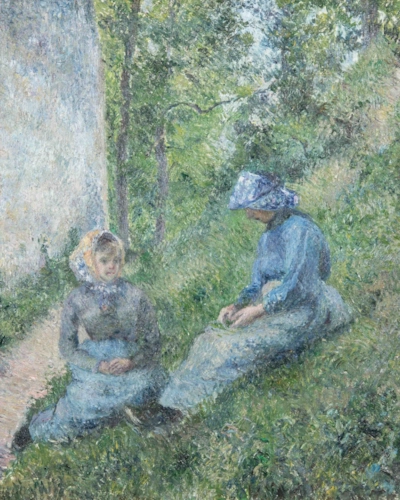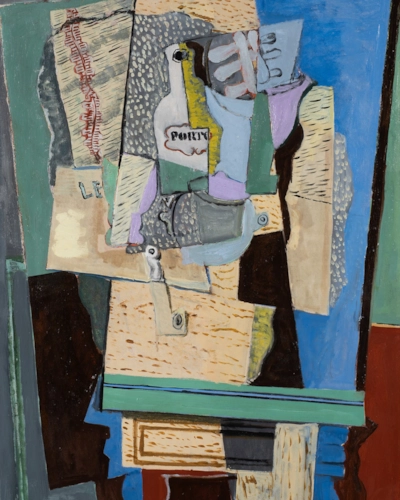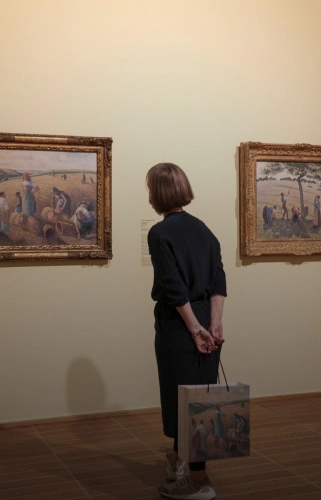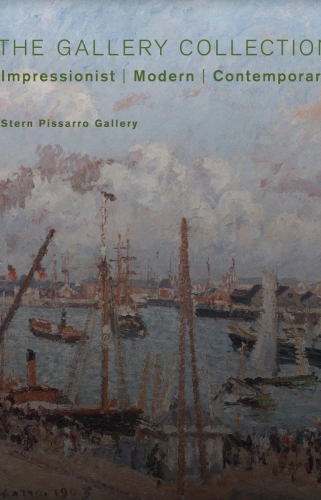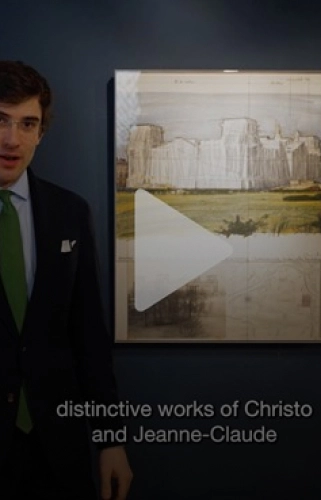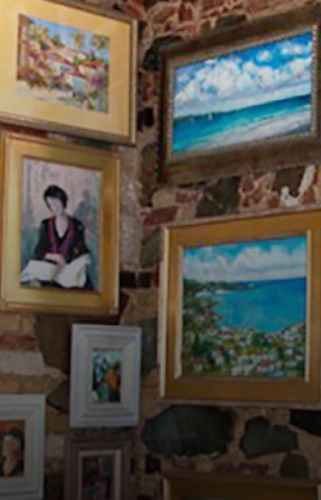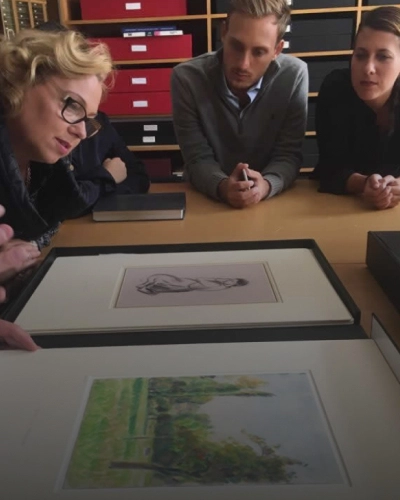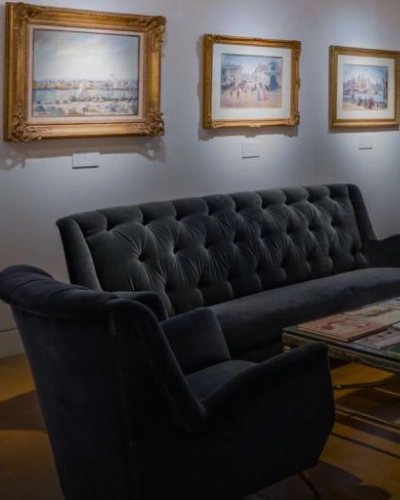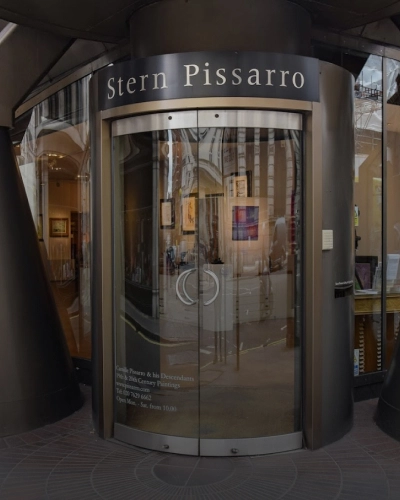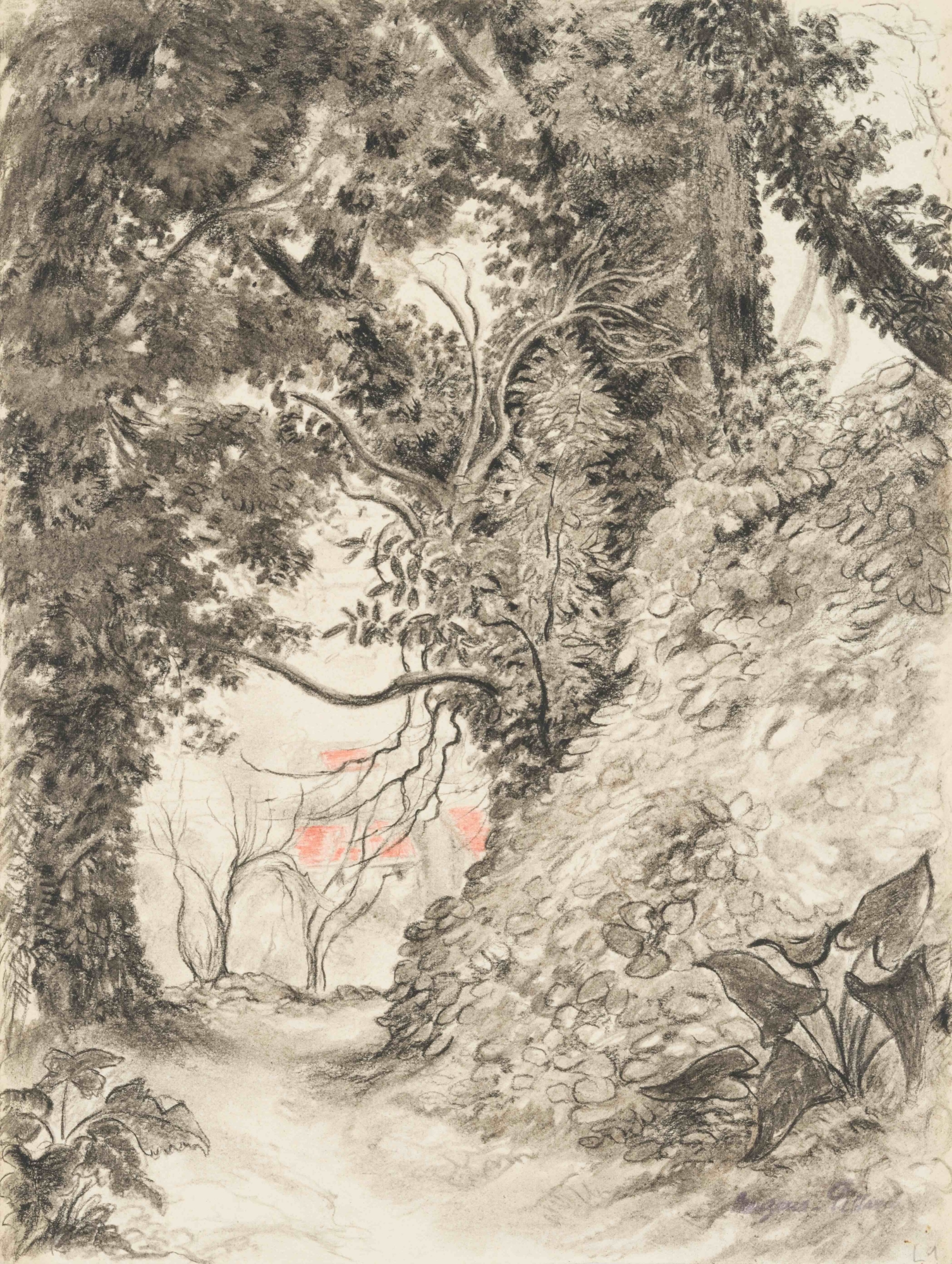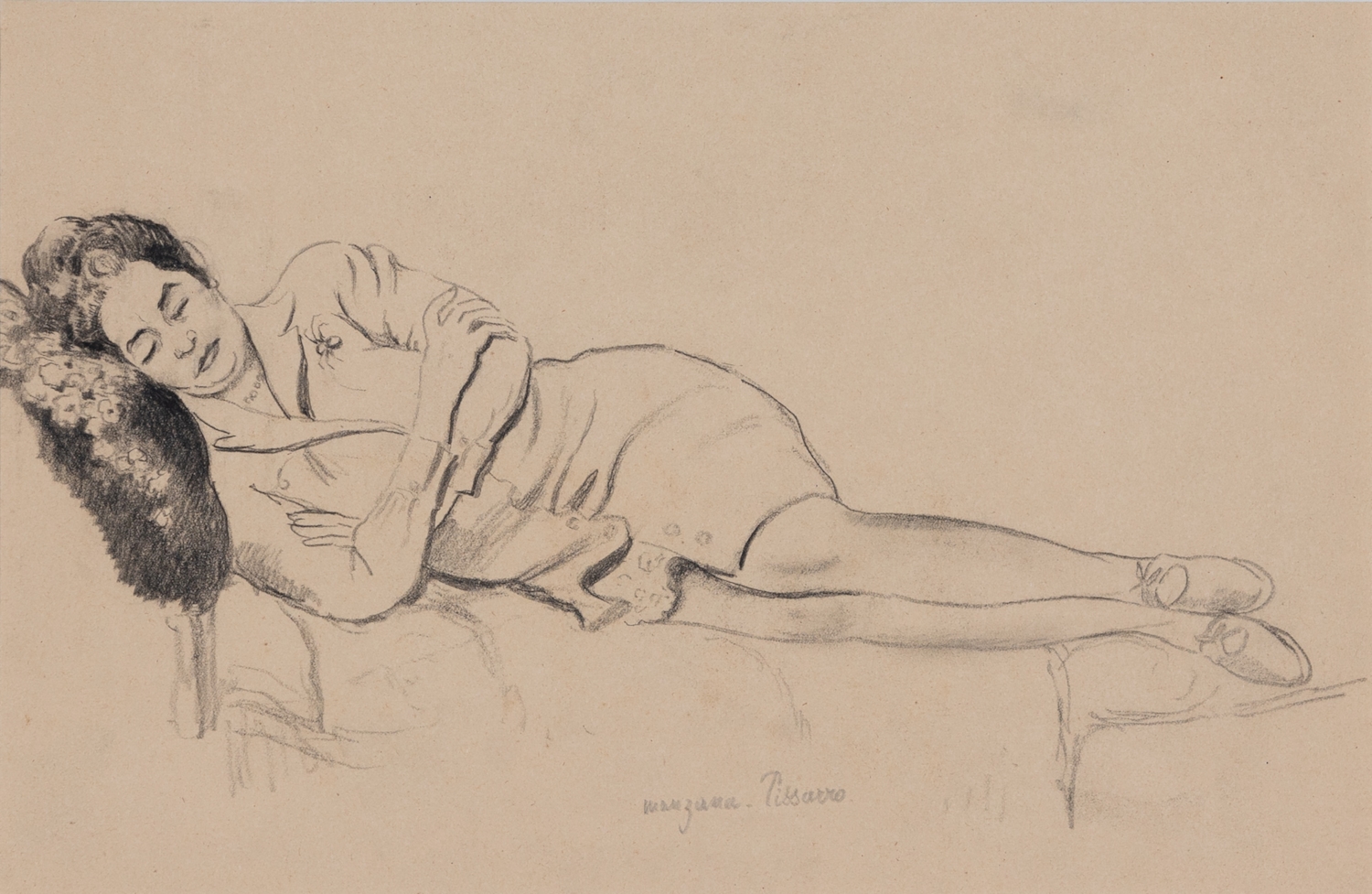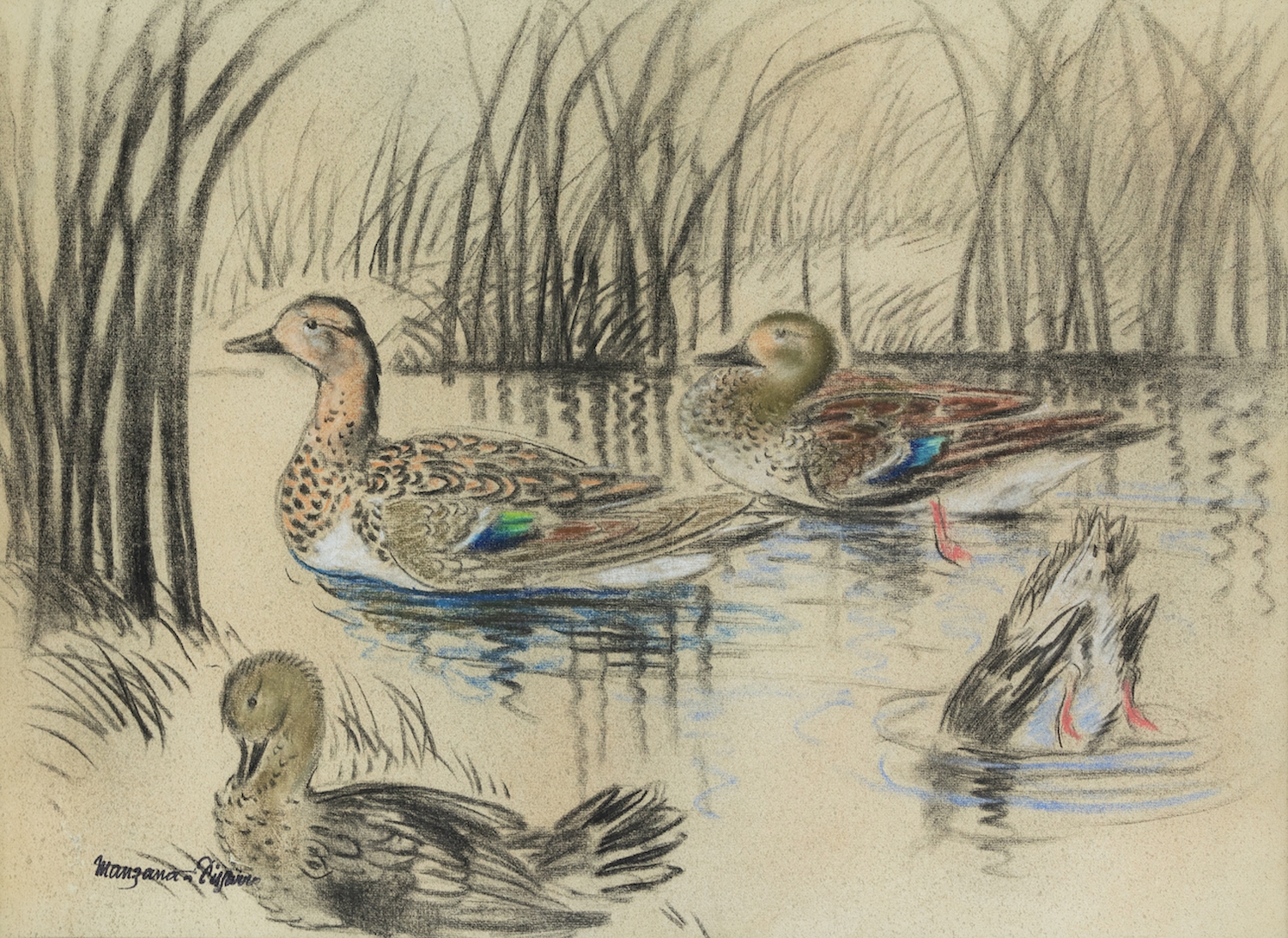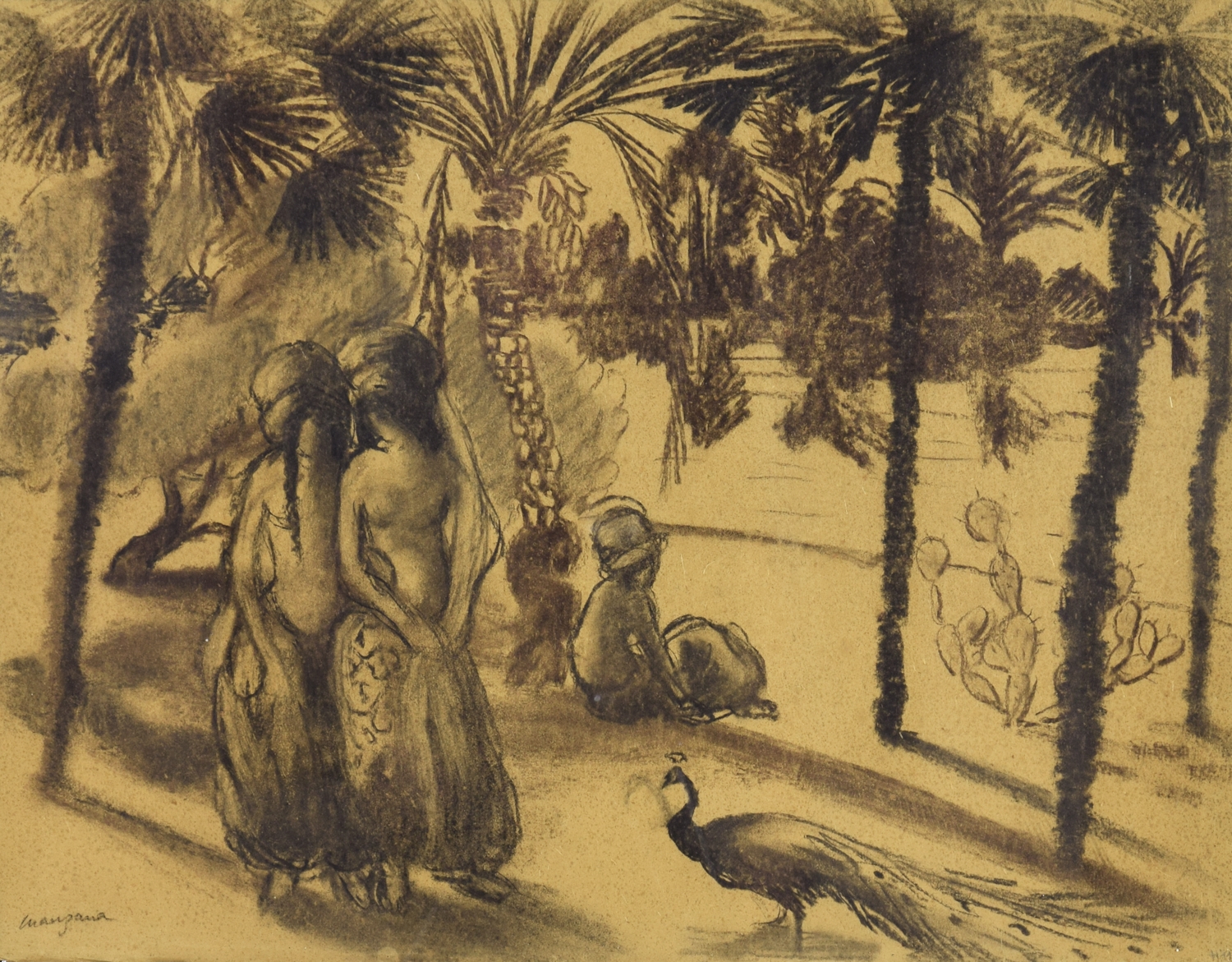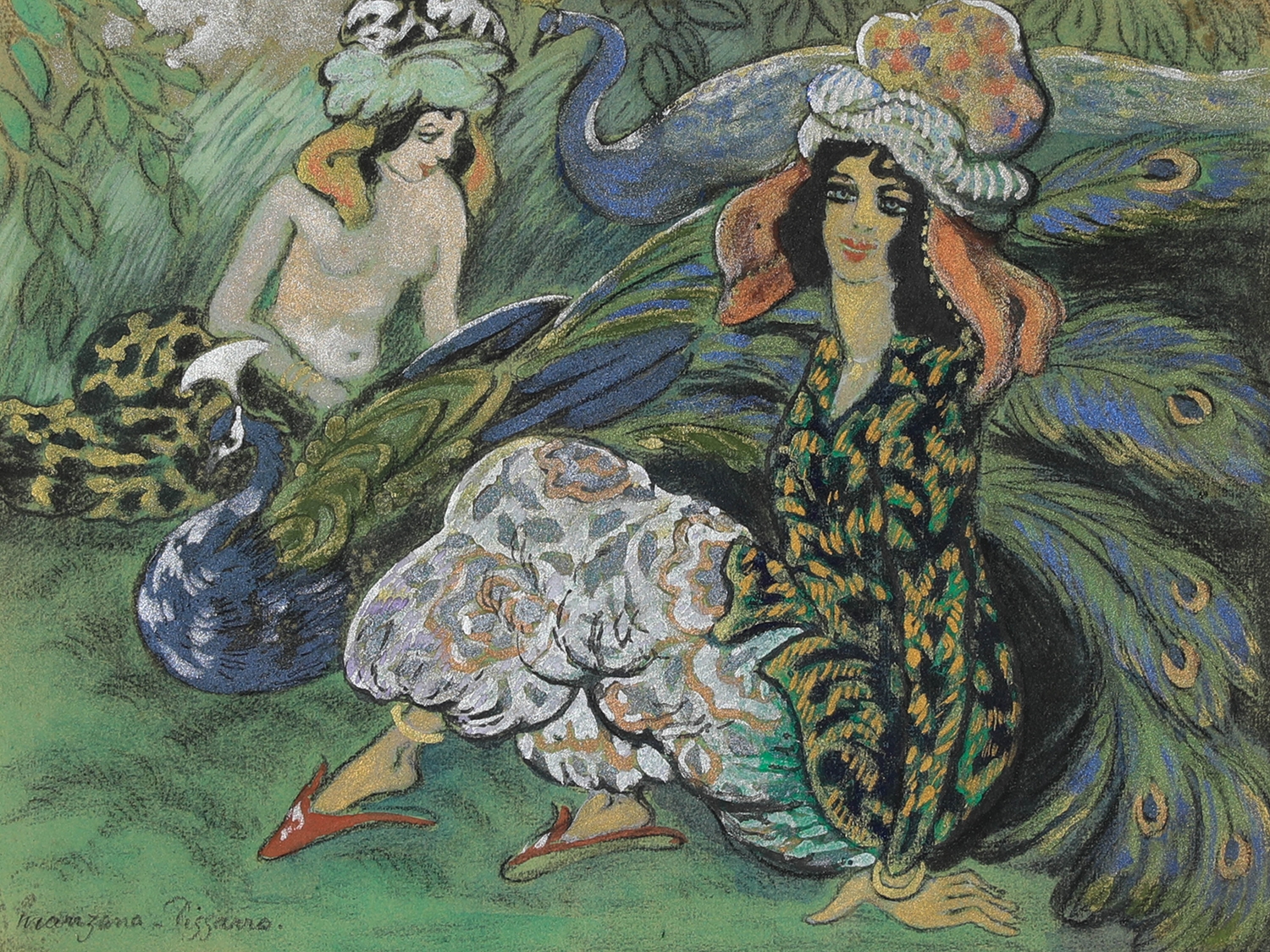Georges Manzana Pissarro
1871 - 1961
Country Path with Red Roofs
32 x 24 cm (12 ⅝ x 9 ½ inches)
Signed with Estate Stamp lower right
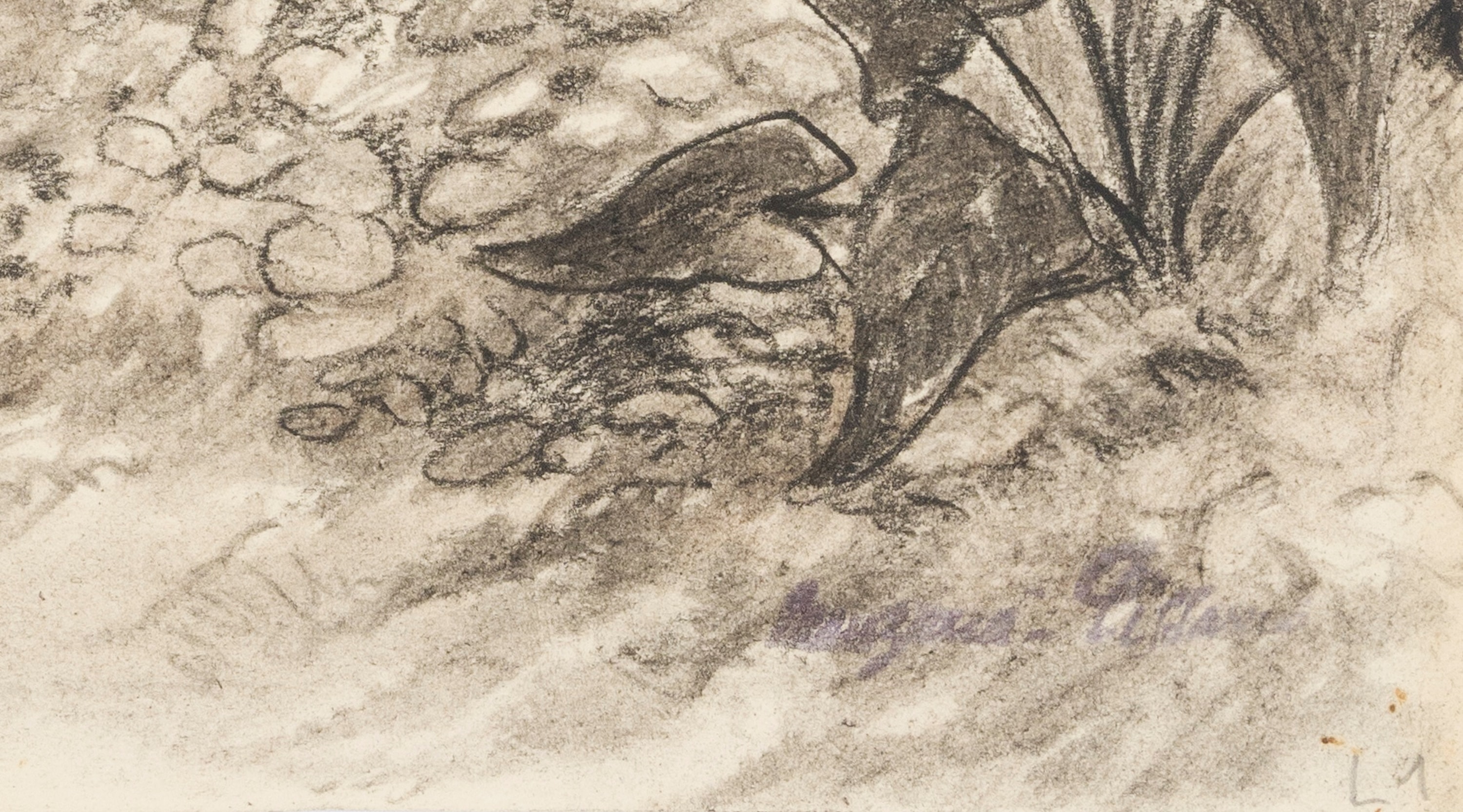
This original artwork by Georges Manzana Pissarro is available for immediate purchase.
Georges Manzana Pissarro
biography
Manzana studied with his father from an early age and spent his formative years surrounded by the distinguished artists associated with the Impressionist movement – Claude Monet, Paul Cézanne, and Paul Gauguin – who frequented the Pissarro home in Éragny. At his father's side he learnt not only to handle brush and pencil but also to observe nature and its changing qualities.
Subjected to rich and diverse influences, Manzana became a prolific and versatile artist, working with oil, pastel and watercolour as well as etchings, lithography and stencils. As a young man he adopted his father's purely Impressionist style and produced a series of landscapes around Éragny. He exhibited Impressionist works at the Salon d'Automne and the Salon des Indépendants, as well as Durand Ruel and Druet galleries in Paris in the early 1900s.
In 1906 his work began to evolve. Inspired by Dr Mardus’ French translation of ‘A Thousand and One Nights’, Manzana embarked on a grand project to publish his own illustrated version of these magical tales. This pulled Manzana into the umbrella of the decorative arts movement where he flourished creating tapestries, glassware, furniture, ceramics and metal work, all inspired by Orientalism and often incorporating gold, silver and copper paint. In 1907 he had his first exhibition of decorative works at Vollard but it was the 1914 exhibition at the Musée des Arts Décoratifs in Paris which dramatically boosted his career. Here he exhibited 311 works including tapestries, carpets, furniture, glassware, decorative paintings, etchings and lithographs.
The subsequent years were filled with bright ideas, gilded costumes and a glittering lifestyle as Manzana navigated the 20s and 30s between Les Andelys and Paris, spending many summers in Brittany. These culminated in a series of colourful yet delicate new works which Manzana exhibited prolifically. When war broke out in 1939 Manzana moved with his family to Casablanca, where he remained until 1947. Manzana was married and widowed three times. The last years of his life were spent in Menton with his son Félix who was also an accomplished artist. There Manzana returned to the Impressionist tradition of his early years, painting the serene landscapes that surrounded him.
Georges Manzana Pissarro
biography
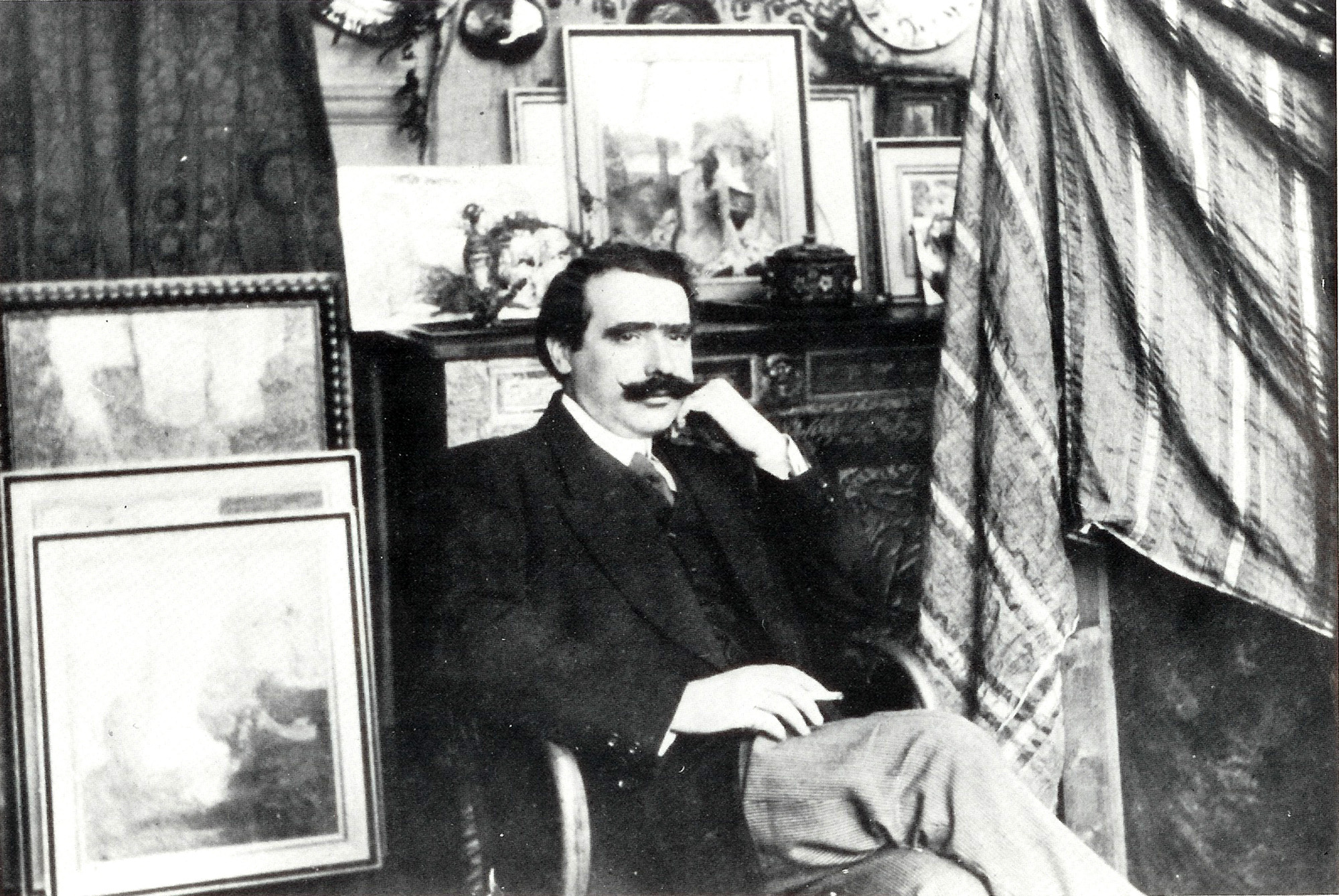
you may also like
1871 - 1961
Roboa Sleeping (The Artist's Wife)
20.4 x 31.2 cm (8 x 12 ¹/₄ inches)
1871 - 1961
Wild Ducks
46 x 62 cm (18.11 x 24.41 inches)
1871 - 1961
La Promenade
49.5 x 63.5 cm (19.49 x 25.00 inches)
1871 - 1961
Femmes au Paon
22.5 x 29.5 cm (8 ⁷/₈ x 11 ⁵/₈ inches)
1871 - 1961
Les trois contes de Flaubert
15.6 x 22.8 cm (6 ¹/₈ x 9 inches)


